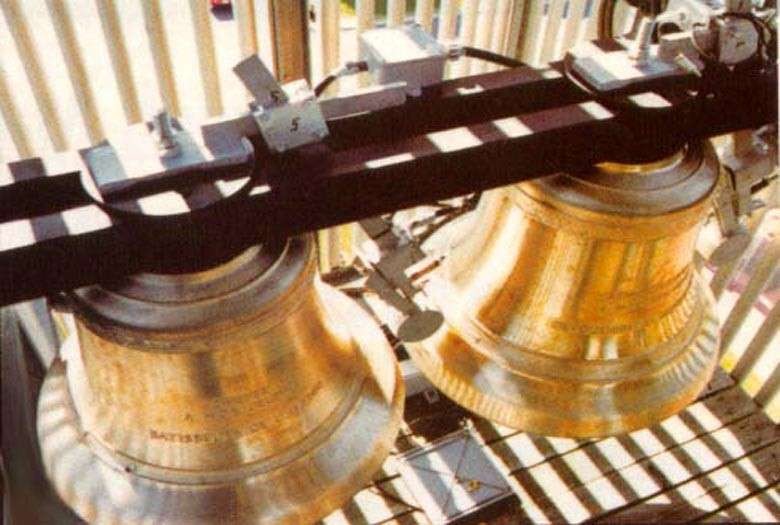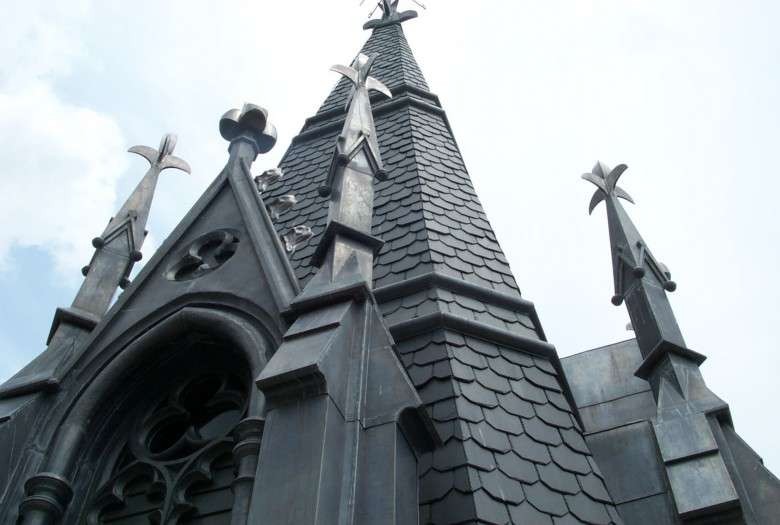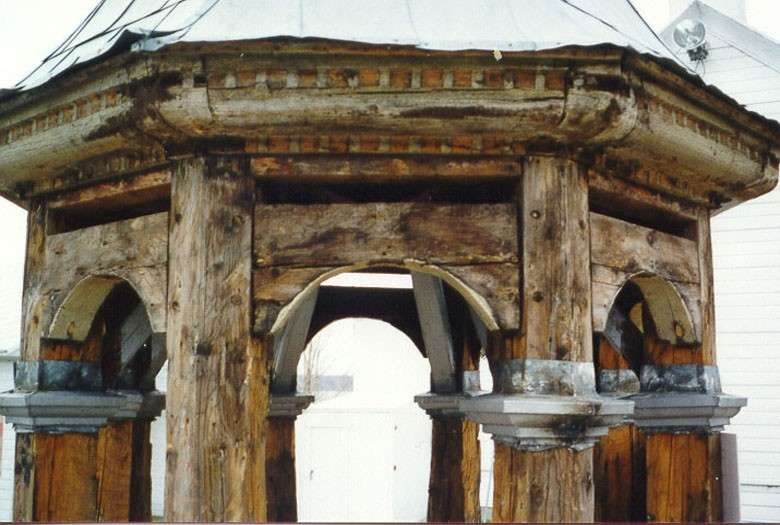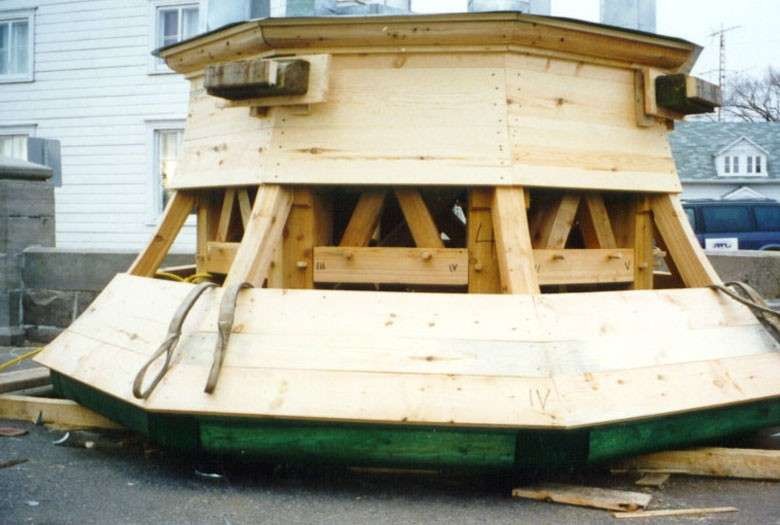Bell-towers and Bells
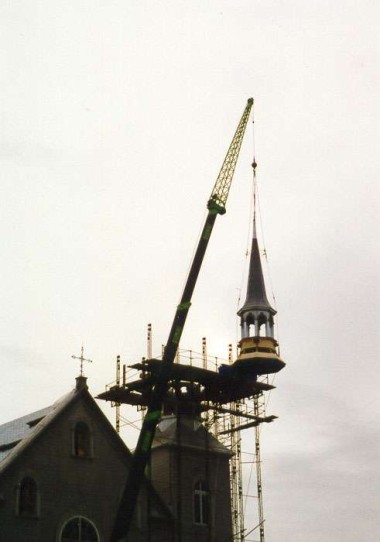
Many of the bells of our churches, generating a kind of public music, which passes across villages and neighborhoods, have sometimes sadly, fallen silent. Nonetheless, we possess in Quebec some of the most beautiful bells in the whole country. Often build by a famous European company (from France and England among others), much care has been taken in the choice, the purchase, and the installation of these instruments.
However, be it because of a lack of regular maintenance, a mechanical breakdown or a problem in the structure of the bell-tower that houses them, several of the bells and carillons of our churches are in dire need of repair. The distinct character of bells depends on their acoustic quality, but also on the acoustic condition of the bell-tower, and on the quality of related components: belfries, clappers, wheels of the striking mechanism, driving mechanism, etc., as well as on the regularity and the quality of maintenance.
The most frequent problems are due to the lack of regular maintenance. Off-center clappers (the piece that strikes the bell) can result in a breaking or a cracking of the bell; fasteners (supports) which are rusted or badly cared for can cause a misalignment, and the bell can fall down as a result. Other kinds of problems can occur with the electrical system (short circuits, wires that are worn or broken), and with the driving mechanism.
Today, it is possible to restore the bells and the carillons to a good condition through reconditioning or reconstructing. Specialized craftsmen are able to make essential changes while preserving intrinsic qualities. A routine examination makes it possible to detect the weaknesses of a system, and thus to work in a preventive way rather than wait for repairs.
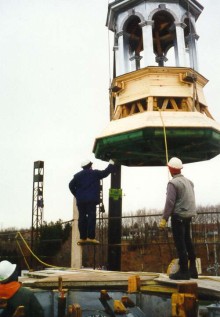
Church of Sainte-Famille of Cap Santé
Region: Québec - Chaudière-Appalaches
The first phase of construction work concerned the repair the roof of the church and the sacristy made of Quebec-style sheet metal. At the request of the community, the architects carried out a detailed analysis of the state of the bell-towers. They found that the frame of the southern tower was in an advanced state of deterioration: the wood of the parts that form the drum and carry the spire had decomposed so that the supports were in imminent danger of rupture. On the other hand, the northern bell-tower was in a much better condition.
The southern bell-tower was taken down to affect the replacement work. The work was carried out by skilled workmen under the direction of a carpenter/cabinet maker, who was a companion of the Ordre du Tour de France . The damaged parts were replaced with identical pieces, and the salvageable parts were reused. The type of construction, using mortise and tenon joints was accurately reproduced. Work on the northern bell-tower was accomplished in situ. The damaged parts were repaired through the injection of resin.
